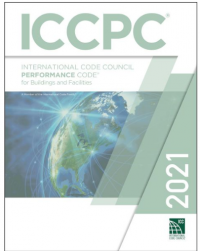I guess one way to ask if any code too restrictive is to look at other highly developed nations, compare the requirements of each building code, and compare the building life safety statistics.
For example, are there areas where the ICC codes are more stringent than European codes? If so, is there both correlation AND causation in a proportional reduction in building-related fatalities? (I'm not referring to localized issues such as seismic or wind design, I'm referring to more generalized life-safety issues).
Is that correlation worth it?
I design affordable public housing (among other things). If I end up with accessibility requirements that increase a typical one bedroom unit by just 2 feet in width, that works out to about 8% fewer units that can be fit on a site. So when ANSI increases its turning circle diameter, or California requires more grab bar space, it literally leaves people unhoused.
At the end of the day, prescriptive codes are a political act. They offer a "bright line" method of simplifying compliance to a point where society collectively agrees that a building is "safe enough", without burdening the project with extensive analysis on a performance basis.
How much risk is worth it? Are there diminishing returns on increased safety vs. the additional expense of construction associated with a code? What are the other trade-offs and unintended consequences? We don't like to talk about this because it can sound crass, cold and heartless to develop codes and laws based on some assumed acceptable level of loss and death. I sound much more noble when I can declare "if it saves just one life, this more stringent code will be worth it", rather than "meh, X loss of life is an acceptable tradeoff for other benefits to society". But of course, if you took "if it saves just one life" to its logical conclusion, you would have highway speed limits of 3 mph, no airplanes in the sky, no alcohol in the bar... and never-ending covid lockdowns.

